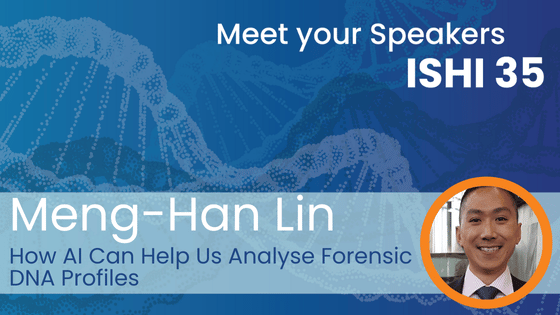There is an increasing utilisation of Artificial Neural Networks (ANN) in modern society. In the field of forensic DNA profile analysis, the use of ANNs to aid in the classification of peak data within casework electropherograms (EPG) has recently been described. Prior to implementation, an ANN must be created, trained, and adjusted until an acceptable level of performance is obtained. The training of an ANN for the classification of DNA profiles is undertaken using a supervised learning approach. In principle, DNA profile data manually labelled by an analyst comprise a training dataset where the ANN learns the features of EPG data and discerns the ‘correct’ type of peak classification to be assigned. Various factors of the training regimen impact the overall performance of the ANN. These include: the number of epochs (training cycles), the size of the training (and validation) dataset, the types of EPG data used for training, and the composition (different types of profiles) of the training dataset.
Meng-Han will present how trained ANNs can assist laboratories streamline the designation of forensic DNA profiles. They will describe the importance of the training regimen and how performance metrics can be used to validate the ANN and give examples for DNA profiles generated using the PowerPlex® Fusion 6C profiling kit.

Can you give us a sneak peek into the main theme of your presentation and why it’s important for our audience?
DNA profile analysis is a fundamental process which produces the profile data upon which all subsequent DNA interpretation is based on. Recent advancements in machine learning have allowed increased automation and consistency of data processing in many fields of application. We provide an overview of how artificial neural networks (ANN) are implemented within forensic DNA analysis software.
How do you hope your presentation will impact the audience or industry?
To provide a more detailed insight into the use of artificial neural networks for DNA profile analysis and to give a more relatable explanation on how this operates.
Are there any resources or tools you recommend for those interested in learning more about your presentation topic?
There are several publications that describe this topic in detail:
D. Taylor, D. Powers, Teaching artificial intelligence to read electropherograms, Forensic Science International: Genetics 25 (2016) 10-18 https://doi.org/10.1016/j.fsigen.2016.07.013
D. Taylor, A. Harrison, D. Powers, An artificial neural network system to identify alleles in reference electropherograms, Forensic Science International: Genetics 30 (2017) 114-126 https://doi.org/10.1016/j.fsigen.2017.07.002
D. Taylor, M. Kitselaar, D. Powers, The generalisability of artificial neural networks used to classify electrophoretic data produced under different conditions, Forensic Science International: Genetics 38 (2019) 181-184 https://doi.org/10.1016/j.fsigen.2018.10.019
L. Volgin, D. Taylor, J.-A. Bright, M.-H. Lin, Validation of a neural network approach for STR typing to replace human reading, Forensic Science International: Genetics 55 (2021) 102591 https://doi.org/10.1016/j.fsigen.2021.102591
D. Taylor, Using a multi-head, convolutional neural network with data augmentation to improve electropherogram classification performance, Forensic Science International: Genetics 56 (2022) 102605 https://doi.org/10.1016/j.fsigen.2021.102605
When you’re not working, what’s your favorite way to unwind or relax?
Outdoor activities, photography, listen to music, enjoy good coffee.
What were you doing in 1989, when ISHI first started?
No idea. Probably doing what most toddlers would be doing – driving my parents crazy.
Can you share a memorable moment from ISHI that has stayed with you?
This is my first attendance at ISHI.

